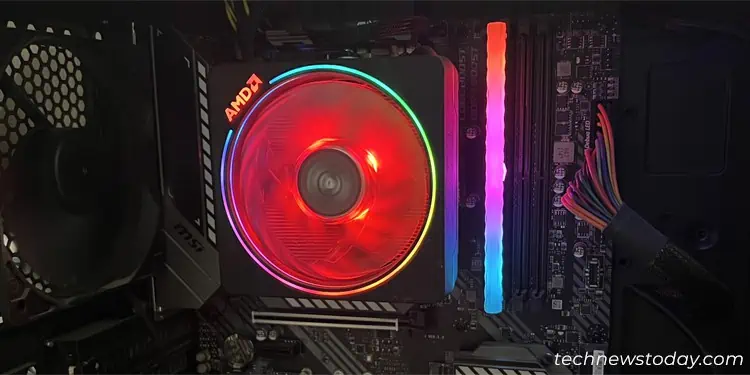If you are building a PC, you might want to know whether a PWM fan or a DC fan is the best choice for your CPU and Chassis. You may also be dissatisfied with your current fans and want to know whether the other type would have been better.
In short, a PWM fan is generally better than its counterpart in all regards but the difference is not that significant for the latest fans. The fan dimensions as well as the models end up mattering more. Some manufacturers have even created DC fans that are better than most PWM fans.
In my computer setup, I use a PWM fan for my CPU and four DC fans (3 in front and one in back) for the chassis.
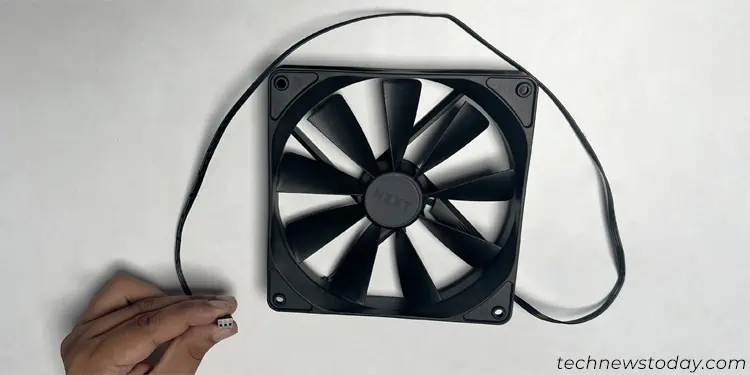
A (Direct Current) DC computer fan uses a connector with three pins, which include:
The tachometer pin output is connected to a hall sensor on the fan circuit that uses the magnetic field to check the RPM and whether the fan has stopped. This pin provides this information to the motherboard. The hall sensor also allows the motor to rotate properly.
The 12V power supply provides the voltage to the fan motor. Whilecontrolling fan speedon a DC fan, the motherboard provides 12V to this pin for full speed or a less value for a lower fan speed.
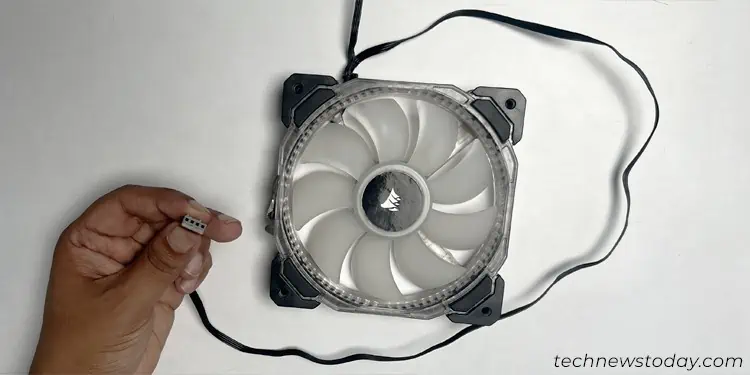
So the motherboard needs to directly decrease/increase the voltage to a DC fan to control its speed.
A (Pulse Width Modulation) PWM fan contains more circuit elements like a separate logic control circuit, oscillators, and so on. It uses a 4-pin connector and the pins are:
The Tachometer pin outputs the fan information to the motherboard similar to the DC pin. However, everything else works in a different way.
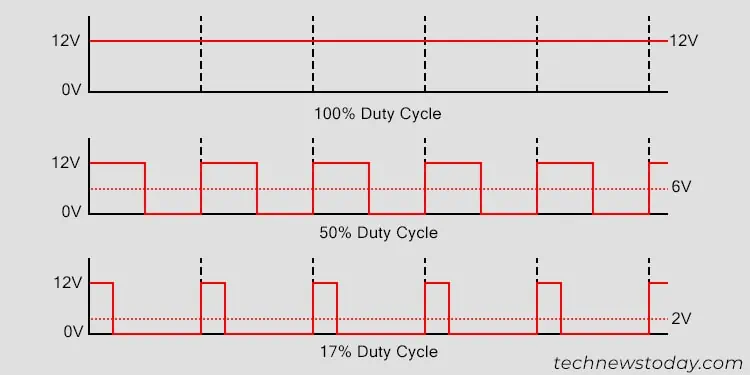
The power supply pin always provides the full 12V to the fan. The hall sensor works in conjunction with the PWM signal and other circuit elements to modulate the fan speed.
The PWM signal turns the fan on and off rapidly in particular intervals. This duty cycle (ratio of time when the PWM signal or the fan is ON to the time when the fan is OFF) is the main way to control the speed.
Essentially, if a 12V fan has a duty cycle of 50% (is ON only 50% of time), it uses an average voltage of 6V for the duration. So its speed gets lowered to what the speed would be if the motherboard provided 6V DC to the fan.
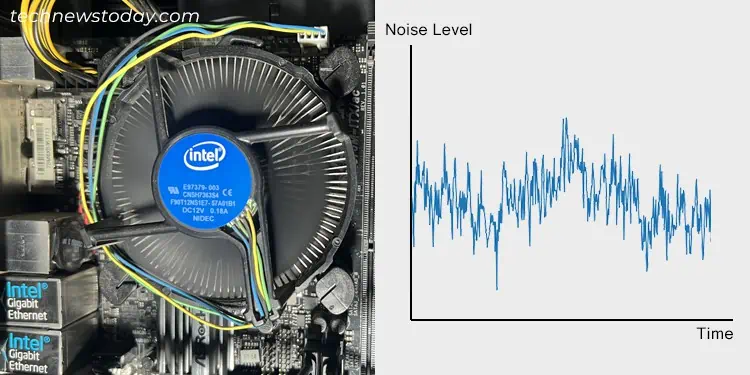
Differences Between PWM and DC Fans
PWM and DC fans work using different technologies. So even if these fans with same specs provide similar airflow, other parameters like speed control, noise, power consumption, and so on, have some differences.
Speed Control and Minimum Speed Possible
